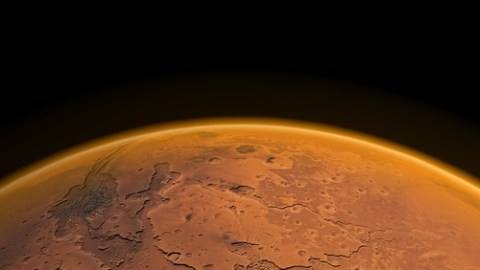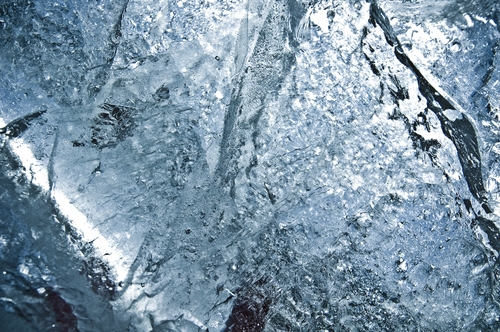Super-Rover Will Search for Life on Mars

What’s the Latest Development?
On 25 November, N.A.S.A. will launch Curiosity, the largest and most complex robotic vehicle ever meant to explore Mars. Due to its size, nearly that of an S.U.V., engineering solutions had to be found to land the vehicle. Whereas past rovers were light enough to hit the ground covered in airbags, Curiosity will be airlifted to its landing spot by a ‘skycrane’. Once on the Martian soil, the vehicle will look for hilly terrain where evidence of past water flows and biological compounds might be found.
What’s the Big Idea?
While past rovers were limited to identifying soil chemicals by examing the light reflected off the planet’s surface, Curiosity will carry an entire chemistry lab on its back, complete with drill to bore through rocks. Soil samples will be sent through a series of chemicals which will determine constituent compounds with an eye toward finding organic molecules. Modifications made to the vehicle’s landing technology, if successful, will prepare the way for launching still heavier vehicles, ones which can transport soil back to Earth.
Photo credit: Shutterstock.com





